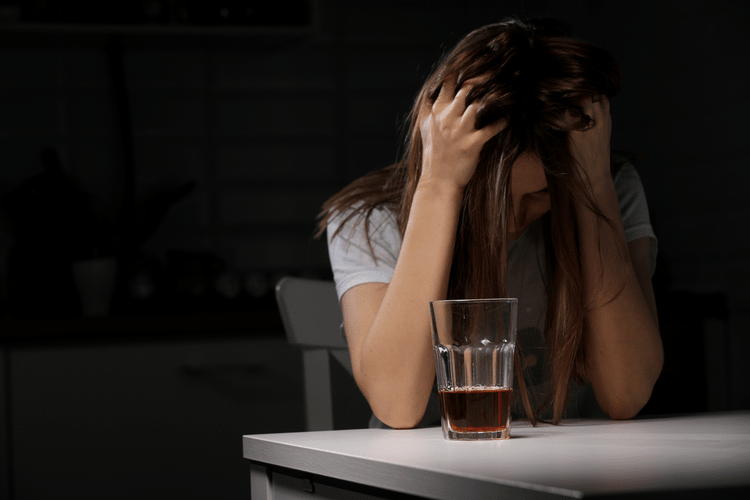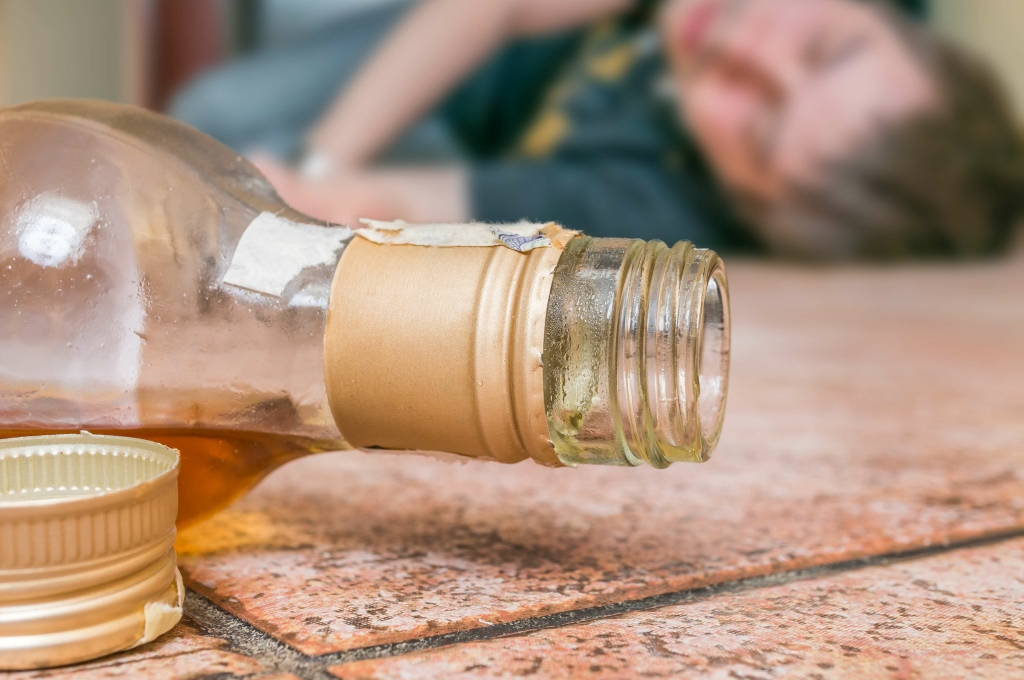Americans often see the more destructive side of addiction, drug crime, people slumped in doorways and family members who are spiraling downward. Aftercare plans may be modified over time as your needs and goals change. To find local or virtual 12-Step meetings, search the websites of different groups, including Alcoholics Anonymous and Narcotics Anonymous. Find a local chapter to find meetings nearby, or search for virtual meetings. Some 12-Step meetings are targeted at specific populations, such as men, women, or members of the LGBT community.
Public Health

Yet, http://www.54e.ru/desk/beauty-health/cosmetics/cosmetics_69849.html increases in social media use also increase boredom instead of reducing it. • Empowerment—finding the wherewithal to cope with recovery and the challenges of life, which breeds a sense of self-efficacy. The prospect of change engages people in an inner dialogue about hope, disappointment, and accountability.
What Are the 6 Stages of Addiction Recovery?
2 in 3 adults who ever had a mental health problem considered themselves to be recovering or in recovery. Additionally, medications are used to help people detoxify from drugs, although detoxification is not the same as treatment and is not sufficient to help http://www.detiseti.ru/modules/myarticles/article.php?storyid=443 a person recover. Detoxification alone without subsequent treatment generally leads to resumption of drug use. Medications for opioid use disorder are safe, effective, and save lives.
To save lives, overdose antidote should be sold over-the-counter, advocates argue
“Things that I thought I would never gain again, through the process of recovery I have them all,” she said. Mable-Jones lost a decade to addiction, entering rehab and relapsing repeatedly. “We are literally surrounded by people who are in recovery from a substance-use disorder, but we don’t know it,” Kelly said.
Narrative Approach and Addiction
The endpoint is voluntary control over use and reintegration into the roles and responsibilities of society. Shortly after substance use is stopped, people may experience withdrawal, the onset of unpleasant physical and psychological symptoms —from irritability to shakiness to nausea; delirium and seizures in severe cases. After discussion with you, your health care provider may recommend medicine as part of your treatment for opioid addiction. Medicines don’t cure your opioid addiction, but they can help in your recovery. These medicines can reduce your craving for opioids and may help you avoid relapse. Medicine treatment options for opioid addiction may include buprenorphine, methadone, naltrexone, and a combination of buprenorphine and naloxone.


Finding the right treatment option can be the key to a successful recovery journey. Recognizing the transformative power of creative arts in advancing recovery, in May 2024, the Office of Recovery launched the Art of Recovery, inviting visual art submissions from individuals with lived experience and their families. The digital gallery features over 280 selected artworks in celebration of National Recovery Month.

Stage 6: Termination
- Cravings vary in duration and intensity, and they are typically triggered by people, places, paraphernalia, and passing thoughts in some way related to previous drug use.
- While no single treatment method is right for everyone, recovery is possible, and help is available for patients with SUDs.
- It typically takes eight years or longer to achieve long-term remission even with high quality treatment and medical care.
- Individuals may not progress linearly through the stages of change; some take steps forward and then regress.
If you or a loved one is ready to take action and start the drug and alcohol recovery process, you’ve already started the stages of change and may be looking for treatment options. Treatment varies depending on the type of substance, the presence of co-occurring mental disorders and other personal factors. It’s important to explore your options and choose treatment that addresses your individual needs. Another one of the most important ways to support recovery is to understand that multiple relapses over a number of years are typically part of the process. They are not occasion for blame or despair but for encouraging resumption of recovery. Families can develop awareness of a loved one’s emotional, environmental, and social triggers of substance use and manage those.
Find Support
These can be healthy coping mechanisms someone turns to as they progress through recovery. People experiencing SUDs have trouble controlling their drug use even though they know drugs are harmful. Break the holiday drinking cycle by understanding emotional triggers, adopting small habit shifts, and reducing reliance on alcohol. Neuroscientist Adi Jaffe, Ph.D., who himself recovered from addiction, outlines five steps.
Choosing to enter treatment or begin any kind of substance abuse recovery program can be scary, but it is an important step in changing one’s life. The alcohol and drug addiction recovery process can look different for each person and is based on the level of care determined for a person, so treatment is often tailored to http://www.igram.net/index.php?name=Album&file=index&do=showpic&gid=1&pid=124&orderby=hitsD the individual.4 Program lengths vary. You may choose a 28- or 30-day, 60-day or 90-day inpatient drug rehab stay or an outpatient rehab program, and you might like to opt for specialized treatment options.